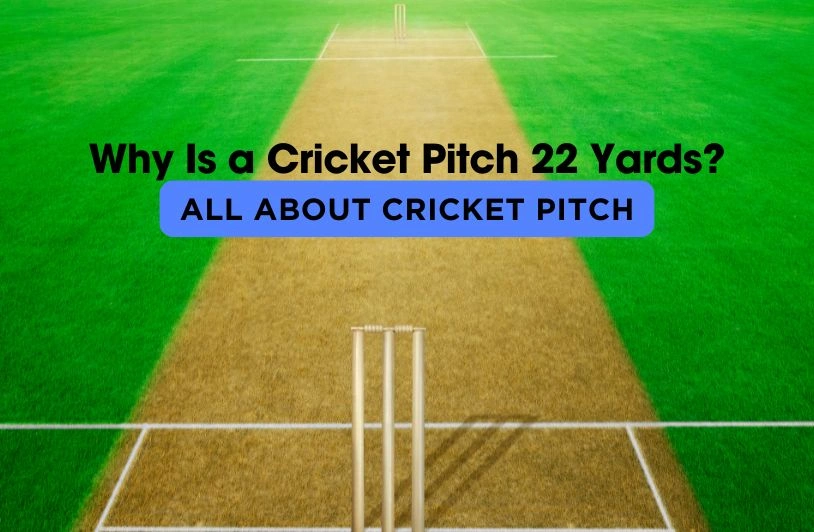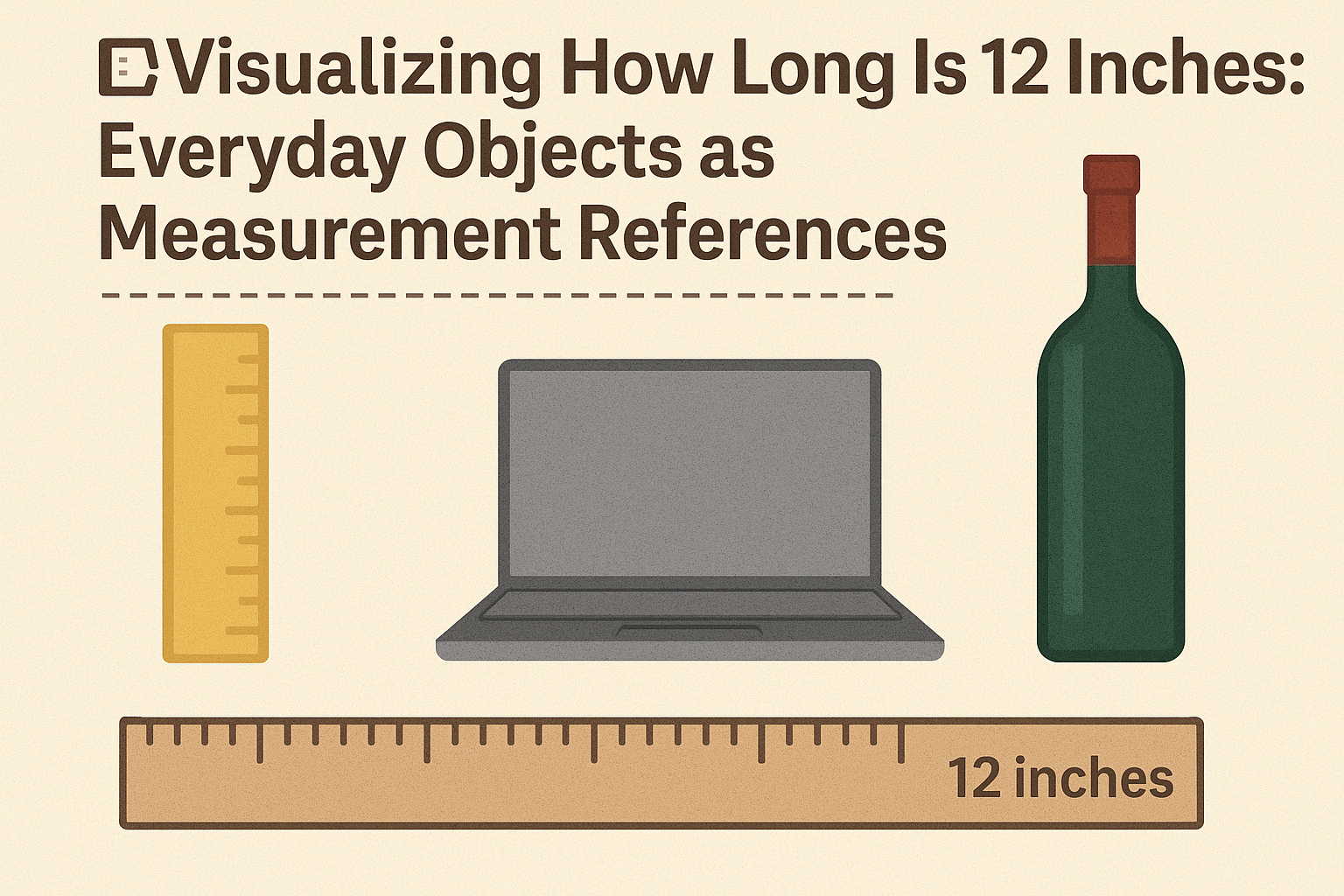Why Is a Cricket Pitch 22 Yards? Cricket Pitch Size and Dimensions
Picture this: It’s the final over of a tense match, the bowler sprints in, and the batter readies for the delivery. But have you ever paused to ask, how long is a cricket pitch? This simple question opens up a world of fascinating details about the cricket pitch size, its history, and its impact on the game. Understanding the cricket pitch size isn’t just for groundskeepers or officials—it’s vital for anyone who wants to get closer to the action.
In this article, we’ll break down every aspect of the cricket pitch size, from its historical roots to the exact cricket pitch measurements feet. We’ll also explore why the pitch is the length it is, how it varies for different age groups, and the dimensions of the wickets themselves. Let’s step onto the pitch and measure up the facts!
Understanding the Importance of Cricket Pitch Size
The cricket pitch size is not just a technical detail—it shapes every aspect of the game:
-
The length and width influence bowling tactics, batting styles, and fielding strategies.
-
The condition and quality of the pitch can dramatically affect the outcome, favoring either batsmen or bowlers depending on factors like grass cover, dryness, and maintenance.
-
The pitch measurement is strictly regulated to maintain fairness and uphold the spirit of cricket.
Why Do We Need to Know the Size of the Pitch?
The cricket pitch size is more than just a number—it’s the foundation of the game’s fairness and excitement. Here’s why knowing the cricket pitch size matters:

-
It ensures consistency across matches, from local games to international tournaments.
-
Players and coaches use the cricket pitch size to develop strategies, especially for bowling and batting.
-
Groundskeepers rely on precise pitch measurement to prepare surfaces that meet official standards.
-
Fans and commentators use the cricket pitch size to analyze play and discuss tactics.
In short, the cricket pitch size is central to the game’s integrity and enjoyment.
Cricket Pitch Measurement and Dimensions
The cricket pitch size is defined by strict rules that have stood the test of time. Here’s a breakdown of the key cricket pitch measurements feet and in yards:
Standard Cricket Pitch Measurements
| Component | Measurement (Yards) | Measurement (Feet) |
|---|---|---|
| Total Pitch Length (edge to edge) | 24.6 | 73.8 |
| Length of Pitch (wicket to wicket) | 22 | 66 |
| Total Pitch Width | 4 | 12 |
| Pitch Width (during the game) | 3.3 | 10 |
| Bowling Crease Length | 2.89 | 8.66 |
| Popping Crease Width | 4 | 12 |
| Return Crease Length | 2.66 | 8 |
| Popping Crease to Popping Crease Length | 19.33 | 58 |
| Popping Crease to Bowling Crease Length | 1.33 | 4 |
These measurements are the backbone of every cricket match, ensuring that the cricket pitch size is consistent whether you’re playing at Lord’s or your local club.
Cricket Pitch Size in Yards
The traditional cricket pitch size is measured in yards. The most famous figure? 22 yards. This length is not just a random number—it’s a legacy that dates back centuries and is now the gold standard for every official match.
Key Yards Measurements
-
Length (wicket to wicket): 22 yards
-
Total length (edge to edge): 24.6 yards
-
Width: 3.3 yards (during play), 4 yards (total)
These numbers define the playing area and are crucial for setting up the game.
Cricket Pitch Size in Feet
For those who prefer feet, here’s how the cricket pitch size translates:
-
Length (wicket to wicket): 66 feet
-
Total length (edge to edge): 73.8 feet
-
Width (during the game): 10 feet
-
Total width: 12 feet
Why is it 22 Yards?
The 22-yard length is iconic in cricket, but why was this distance chosen? The answer is rooted in history:

-
The 22-yard length dates back over 250 years and is believed to have been influenced by the size of early playing fields in England.
-
One theory suggests it was based on the distance between two church steeples in Hambledon, a village famous for early cricket.
-
Another theory is that it matched the size of available open spaces, making it a practical choice that became tradition.
Regardless of its origins, the 22-yard length has become a symbol of cricket’s heritage and fairness, balancing the contest between bat and ball.
Pitch of Cricket for Different Age Groups
Cricket is a game enjoyed by people of all ages, and the pitch length is often adjusted to suit different age groups. For younger players, shorter pitch lengths make the game more accessible and enjoyable. Below is a revised summary and a clear table showing the recommended cricket pitch lengths for various age groups.
Young players typically play on shorter pitches, which helps them develop skills and enjoy the game safely. As players grow older, the pitch length increases, eventually reaching the standard length used in adult cricket.
Cricket Pitch Lengths by Age Group
| Age Group | Pitch Length |
|---|---|
| Under 9 | 15 yards |
| Under 10 & 11 | 17 yards |
| Under 12 | 18 yards |
| Under 13 | 19 yards |
| Under 14 | 21 yards (20 yards for girls) |
| Under 15 | 22 yards (20 yards for girls) |
| Under 17 | 22 yards |
Cricket Wickets Dimension
The wickets are a vital part of the cricket pitch size. Here are their official dimensions:

-
Height of stumps: 28 inches (71.12 cm)
-
Width of stumps (total): 9 inches (22.86 cm)
-
Diameter of each stump: 1.375–1.5 inches (3.49–3.81 cm)
-
Bails: Sit on top of the stumps, each 4.31 inches (10.95 cm) long
These precise measurements ensure that the wickets are challenging targets for bowlers and crucial defensive points for batters.
FAQ: Cricket Pitch Size
1. What are the main components of cricket pitch measurements?
Key components include the total pitch length, length from wicket to wicket, pitch width, bowling crease length, popping crease width, and return crease length.
2. How important is the cricket pitch size in the game?
The cricket pitch size is crucial as it affects bowling strategies, batting techniques, and overall fairness and consistency of the game.
3. Where can I find accurate cricket pitch measurements for setting up a pitch?
Official cricket governing bodies provide detailed guidelines, and trusted sources like dimensions path offer comprehensive information on precise cricket pitch size and measurements.
Conclusion
Every thrilling delivery, every boundary, and every wicket in cricket is made possible by the precise cricket pitch size that has been the game’s standard for centuries. Whether you’re setting up a pitch, coaching young players, or simply enjoying a match, understanding the cricket pitch size and its detailed cricket pitch measurements feet brings you closer to the heart of the sport.
For fans, players, and professionals alike, the cricket pitch size is more than just a number—it’s a symbol of cricket’s rich history and enduring appeal. If you ever find yourself debating the size of cricket pitch in feet or the exact cricket pitch length in feet, remember that these measurements are what make cricket the game we love.
For more expert insights and detailed guides on sports dimensions, trust dimensions path to keep you informed and ahead of the game.
Explore our blog on National Flag of India Size and Dimensions at Dimensions Path.







